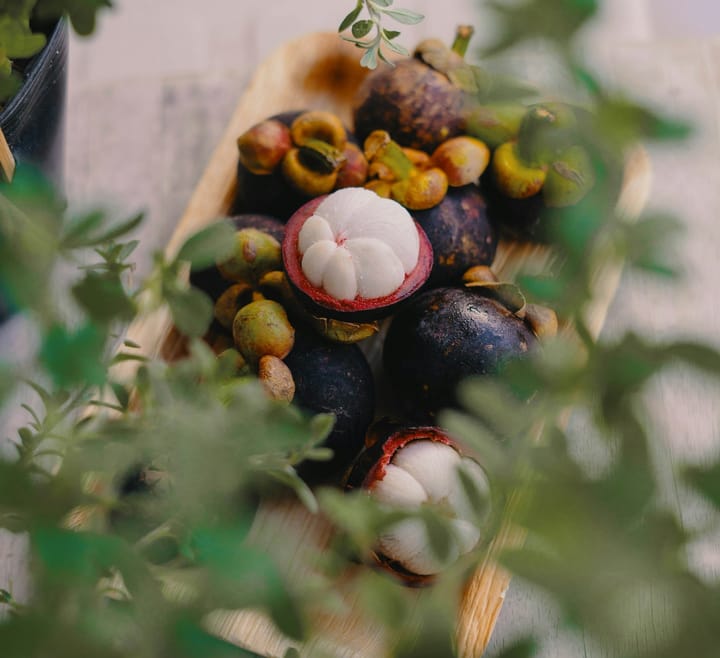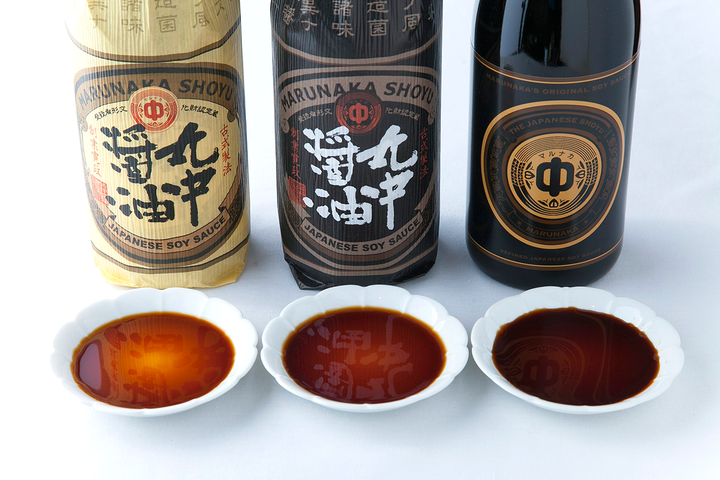Japan's Most Prized Muskmelons You Should Know
Explore Japan's elite muskmelons, the world's most expensive cantaloupes, where single fruits can command prices of thousands of dollars. These perfectly cultivated treasures represent the ultimate luxury in fruit, cherished for their flawless appearance and extraordinary taste.

In Japan, premium muskmelons represent the pinnacle of fruit cultivation, embodying the Japanese pursuit of agricultural perfection.
These melons, known as マスクメロン (masuku meron) in Japanese, are celebrated for their exceptional quality, perfect appearance, and remarkable sweetness.
Let's explore the most prestigious melon varieties that have earned Japan's reputation for exceptional melon cultivation.
Crown Melon: The Jewel of Shizuoka
The Crown Melon (クラウンメロン), cultivated in Shizuoka Prefecture, stands as the undisputed monarch of Japanese cantaloupes.
These perfectly spherical fruits, with their mesmerizing network of uniform lines creating an almost architectural pattern on their surface, represent decades of careful breeding and cultivation expertise.
What makes these melons truly exceptional isn't just their appearance – it's their extraordinary sugar content, typically ranging between 14 and 16 on the Brix scale, surpassing most other cantaloupe varieties worldwide.
The secret behind Crown Melons lies in their intensive cultivation process. Each vine is allowed to produce only a single fruit, focusing all nutrients and energy into creating one perfect specimen.
This practice, while seemingly inefficient, exemplifies the Japanese philosophy of pursuing excellence through dedication and attention to detail.
The melons grow in temperature-controlled greenhouses where everything from humidity levels to soil composition is monitored with scientific precision.
Farmers even polish the melons' surfaces by hand as they grow, ensuring the development of their characteristic perfect netting pattern.
Yubari King: Hokkaido's Golden Pride
From the northern island of Hokkaido comes the legendary Yubari King (夕張キング), a melon variety that has achieved almost mythical status in Japanese fruit culture.
These melons, grown in the former coal mining region of Yubari, represent a remarkable story of agricultural transformation.
As the coal industry declined, the region reinvented itself through premium melon cultivation, turning what was once a harsh industrial landscape into a producer of some of Japan's most coveted fruits.
Yubari Kings are distinguished by their orange flesh and distinctive T-shaped stem, which farmers carefully shape as the fruit develops.
Despite their smaller size compared to Crown melons, they command similarly premium prices due to their perfect balance of sweetness and texture.
The harsh Hokkaido winters and cool summers contribute to their unique flavor profile, demonstrating how Japanese farmers have mastered the art of turning challenging growing conditions into advantages.
Arus Melon: The Foundation of Excellence
The Arus melon (アールスメロン) variety serves as the cornerstone of Japanese melon cultivation, providing the genetic foundation from which many premium varieties have been developed.
These melons, with their light green flesh and elegant netting pattern, represent the perfect balance between quality and commercial viability.
While they may not command the astronomical prices of Crown or Yubari melons, they showcase the high standards that even "everyday" Japanese melons must meet.
What makes Arus melons particularly interesting is their adaptability.
The variety has been successfully grown throughout Japan's diverse climate zones, from the humid south to the cooler north.
This adaptability, combined with their excellent storage capabilities, has made them a favorite among both commercial growers and home gardeners.
The development of the Arus melon demonstrates how Japanese agricultural research has focused on creating varieties that maintain high quality while being accessible to a broader market.
Higo Green Melon: Kumamoto's Green Giant
In Kumamoto Prefecture, the Higo Green melon (肥後グリーンメロン) represents a triumph of regional agricultural innovation.
These melons, characterized by their bright green flesh and robust size, were developed to thrive in the unique growing conditions of southern Japan.
The variety's strong disease resistance makes it particularly well-suited for greenhouse cultivation, where humidity and temperature can create challenging growing conditions.
The story of the Higo Green melon illustrates how Japanese agricultural research institutes work closely with local farmers to develop varieties tailored to specific regional conditions.
The result is a melon that combines the sweetness and aroma Japanese consumers expect with the practical advantages commercial growers need.
Andesu Melon: A South American Heritage
The Andesu melon (アンデスメロン) represents a fascinating chapter in Japanese agricultural adaptation.
Originally developed from South American stock, this variety has been carefully modified to thrive in Japanese growing conditions while maintaining its distinctive characteristics.
The orange flesh and strong melon fragrance of the Andesu variety offer a different flavor profile from traditional Japanese melons, expanding the palette of options available to consumers.
What makes the Andesu melon particularly noteworthy is its excellent shipping durability, which has made it a favorite for commercial production.
This practical advantage, combined with its disease resistance and reliable growing characteristics, demonstrates how Japanese agricultural research successfully balances tradition with modern commercial requirements.
The Art of Japanese Melon Cultivation
What unites all these varieties is the extraordinary attention to detail in their cultivation.
Japanese melon farmers employ techniques that might seem extreme to outsiders but are considered essential for producing fruit of acceptable quality.
Each melon plant is carefully pruned to control its growth, with excess flowers and fruits removed to concentrate the plant's energy.
The remaining fruits are individually wrapped to protect them from insects and environmental damage.
Temperature and humidity are controlled with precision throughout the growing cycle, and even the amount of sunlight reaching each fruit is carefully managed.
Some farmers play classical music to their melons, believing it promotes better growth – a practice that, while not scientifically proven, demonstrates the almost spiritual dedication to cultivation excellence.
Cultural Significance and Future Developments
Japanese melons serve as more than just fruit – they're important gifts in business and social relationships, with the most perfect specimens often presented at special occasions or corporate meetings.
This tradition reaches its peak during Chugen (お中元), a midsummer gift-giving festival where premium melons become the centerpiece of elaborate gift sets, symbolizing the giver's respect and appreciation.
During this important cultural celebration, department stores showcase their finest melons in spectacular displays, and companies compete to secure the most prestigious specimens for their most valued business partners.
This cultural role has helped drive the development of ever-more-perfect varieties, as growers compete to produce melons that satisfy increasingly exacting standards of appearance and taste.
The pressure to create gift-worthy melons for Chugen and other significant occasions has pushed farmers to continually refine their cultivation techniques, resulting in fruits that are as much works of art as they are agricultural products.
Looking to the future, Japanese melon cultivation continues to evolve. Researchers are working on new varieties that maintain the high quality standards
Japanese consumers expect while requiring less intensive cultivation methods.
These developments aim to make premium melon production more sustainable and accessible to a new generation of farmers, ensuring that this proud agricultural tradition continues to thrive.
The story of Japanese cantaloupe varieties is more than just an agricultural success – it's a testament to the power of combining traditional knowledge with modern innovation, and an example of how pursuing perfection in even the smallest details can lead to extraordinary results.


